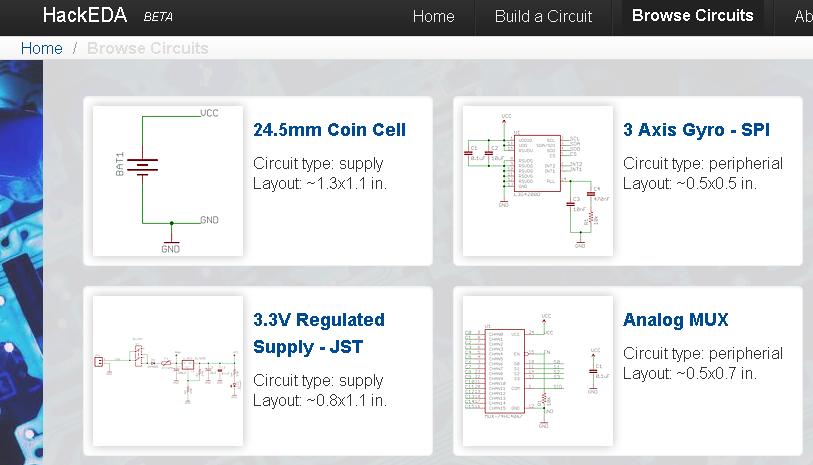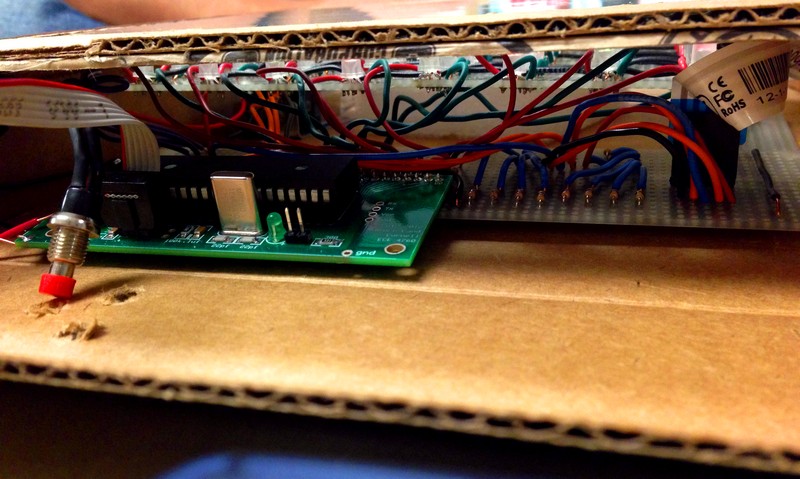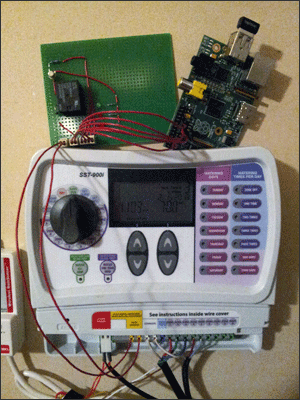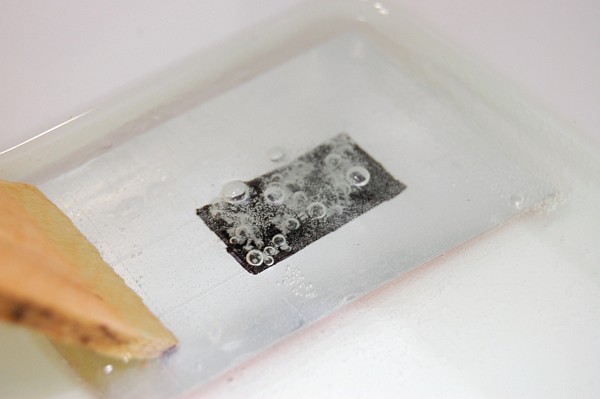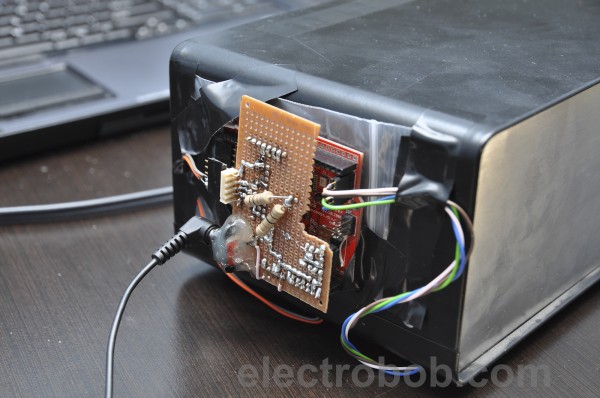HackEDA – Automatic Circuit Design
When developing a new circuit design you will find that you often drop in solutions from previous projects since there’s no reason to re-invent the wheel every time. HackEDA takes this idea and pushes it out to the web, it’s in beta right now so it might not be able to handle all of your project ideas but by clicking a few buttons you can build the basic framework

